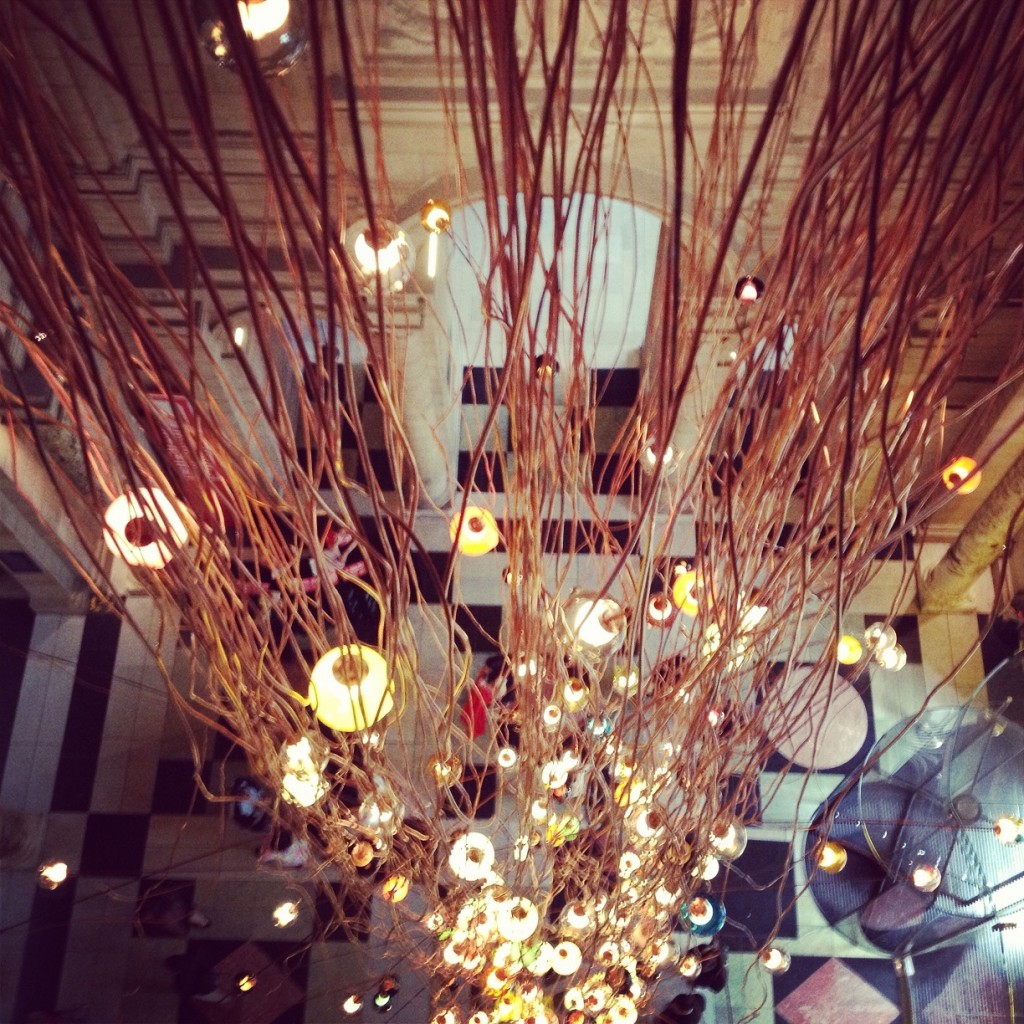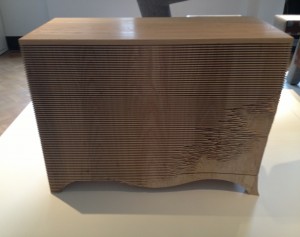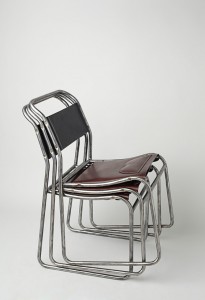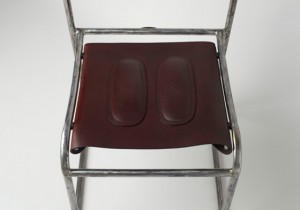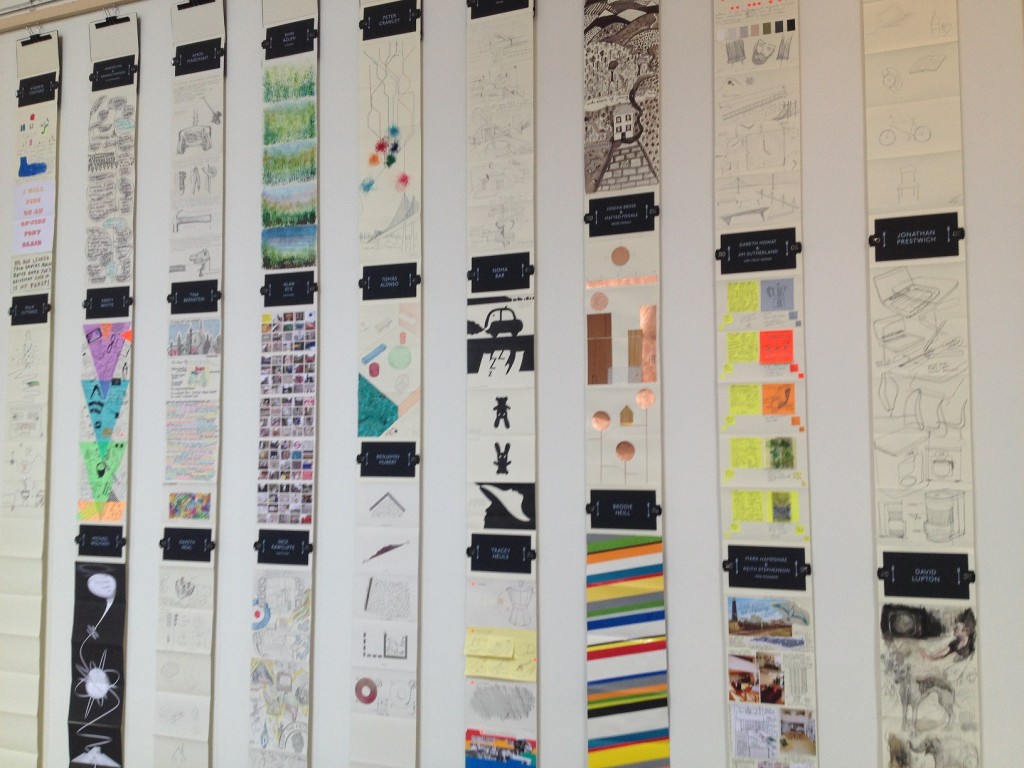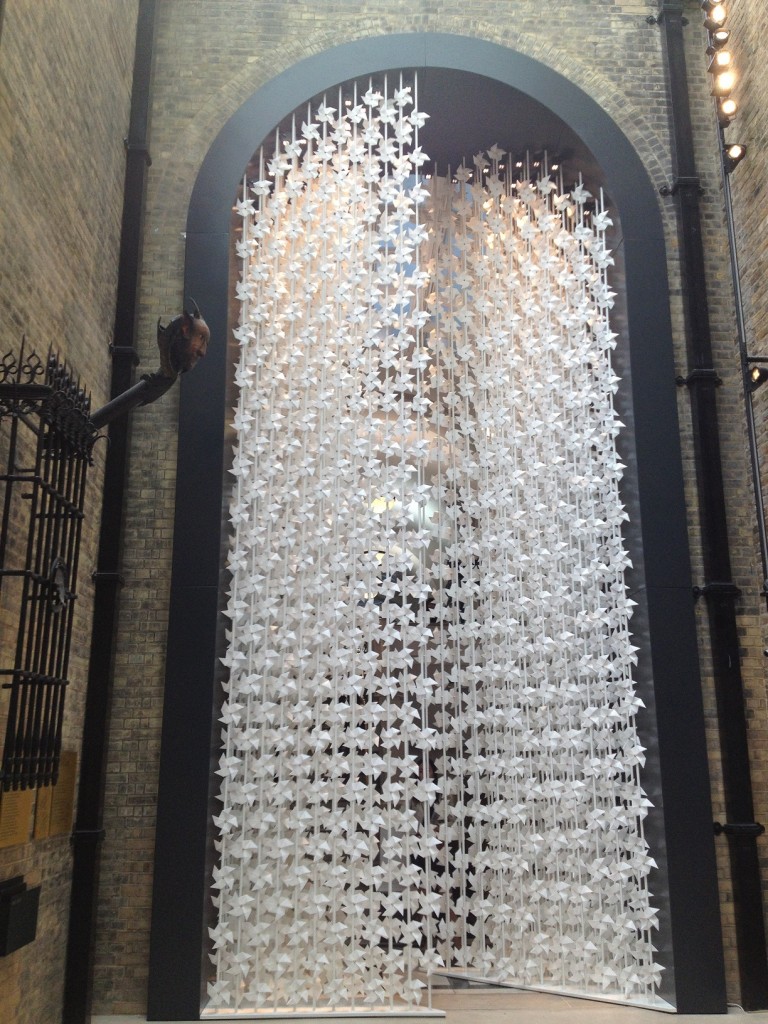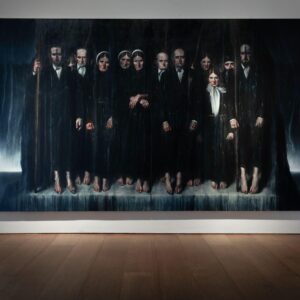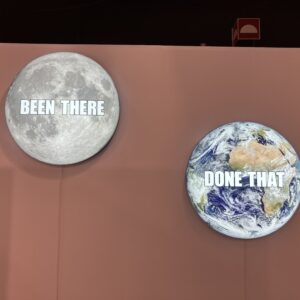The V&A is the central hub for the London Design Festival for the fifth year running. For the next 10 days it will host a broad range of commissioned activity; including installations, events, talks, and workshops.
On arrival at the main atrium you are greeted by the vast scale vertical installation 28.280 by Canada-based designer Omer Arbel. Hung from the Cupola, the highest point of the building, it spans the entire height of the museum with an impressive 30 metre drop. Made from 280 individual 28 Series pendant lamps, produced at the Bocci glass factory, it is noted to be the most ambitious exploration to date of a novel glass blowing technique.
Of a much smaller scale, tucked away on the ground floor, is “Disassembled Gun: Liberator” designed by Cody Wilson, founder of Defence Distributed. Presented in 15 parts, it is mainly printed in ABS, a durable plastic that can withstand the pressure of firing multiple bullets. Acquired recently through The Design Fund, it is part of the museum’s contemporary collection that reflects what is new, influential, innovative or experimental. “Ear Chairs” by Studio Makkink & Bey is another latest acquisition purchased by the fund, as is the sculpted furniture of Gareth Neal. “George”, Neal’s rectangular oak chest, inspired by a 1780s George III Commode, is produced through computer controlled routing machines, hand carving techniques, and chance. It successfully combines traditional craft and contemporary design. garethneal.co.uk/george-product
Located in the Sackler Centre is Yuri Suzuki’s interactive white noise machine “Garden of Russolo”. A voice activated sound work, Suzuki explores the relationship between music and people. The elegant structures encourage surprise and laughter, as we reconsider ordinary sounds and noises that we’re used to hearing.
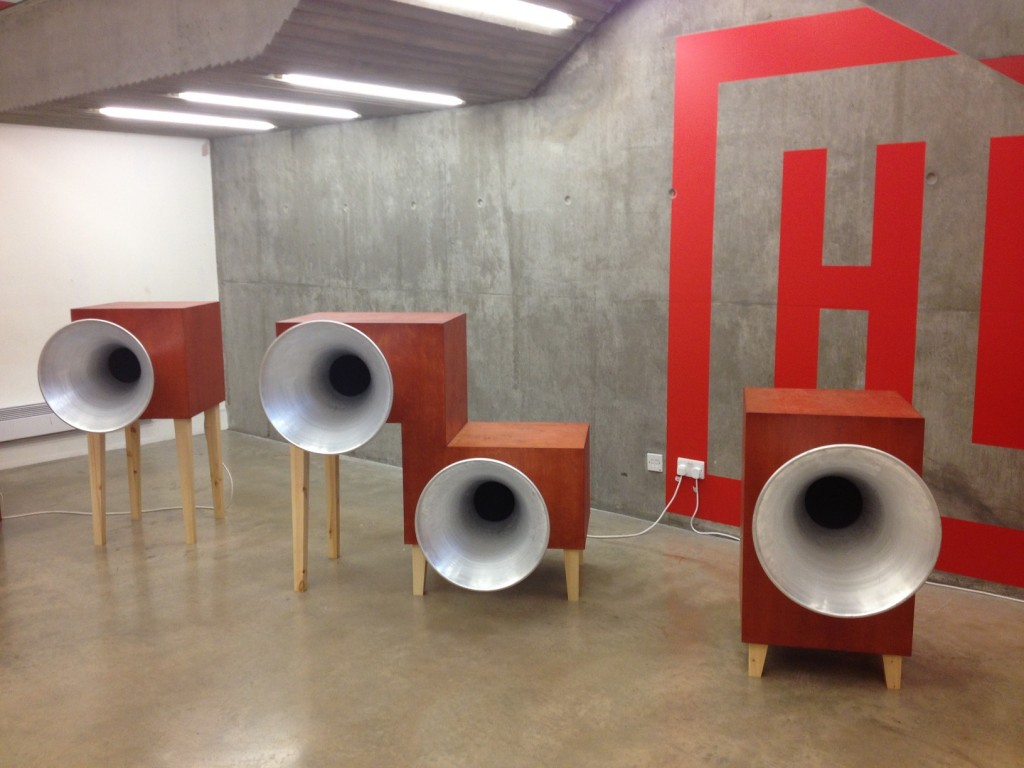
Upstairs, a large room is dedicated to notorious design brand Alessi, where visitors have a rare insight into the production processes of the company. Glass cabinets displaying key pieces from their archives, with drawings plastered along the walls, and a large video installation, expose the making skills of its factory. Whilst, round the corner “Bums on Seats” installation by Ally Capellino is animated by Donald Christie’s hypnotic black and white video. Stripped back to their raw steel frames, the eight different tubular stacking chairs take on a new and inventive direction, designed with individual postures in mind.
The “Moleskine Sketch Relay” occupies the length of a corridor’s walls with sketches, notes, and scribbles, by over 70 London-based designers. They were invited to illustrate their responses to the designs that are important to them through the medium of sketchbooks. The relay is part of a bigger idea, the Detour Project: a travelling exhibition that includes over 250 notebooks of artists, architects, writers, designers, film directors, and thinkers, each revealing their processes in an archive of contemporary creative thinking. Also offering an insight into the often secret developments of a designer, is the fascinating Department of Seaweed. Welcomed in by V&A artist in residence Julia Lohmann, the open studio reveals her methods of developing new craft techniques to create objects from kelp. In exploring its potential as a sustainable alternative to manmade materials, she has created the impressive “Oki Naganode” made from Naga Kombu, a type of Japanese seaweed.
Moving on, Dutch studio Scholten & Baijings have shunned conventional museum and gallery display cabinets or plinths for the theatrical backdrop of The Norfolk House Music Room. “The Dinner Party” is set up with glassware, ceramics, polished steel, textile, furniture, and carpets, where viewers are invited to interrupt a dinner party in session. It’s a refreshing and adventurous installation, as surreal music plays in the background. Other engaging site-specific installations are “The Progressive Extension of the Field of Individual Development and Experience”, a project that comprises a natural cork floor occupying the existing bridge over the V&As Medieval and Renaissance Galleries; and “The Wind Portal” by Najla El Zein, a dramatic gateway of 5,000 paper windmills turning in the breeze.
Unmentioned yet and equally notable are: the Swarovski project “God is in the Details”, which involved 14 designers to select an object from the V&A’s collections, and position a viewing point constructed from Swarovski specialist lenses; “8-18: The Typographic Circle’s Circular Magazine”; the fascinating video “Atlas for Animate Bodies-Volume One”; “The Bodleain Chair Competition” of which Matthew Hilton’s was my favourite; and the St. Mungos “Woodworks Project: A Design Process”, centred on prototypes based on Enzo Mari’s Sedia 1 chair from 1974.
Over the next 10 days there will be a packed programme of lunchtime talks, gallery talks, hands-on workshops and provocative debate, focused in the Museum’s Sackler Centre. From Graphics Weekend (14-15 September) until Digital Design Weekend (21-22 September), see link for scheduled events: www.vam.ac.uk
Words : Ingrid Reynolds
